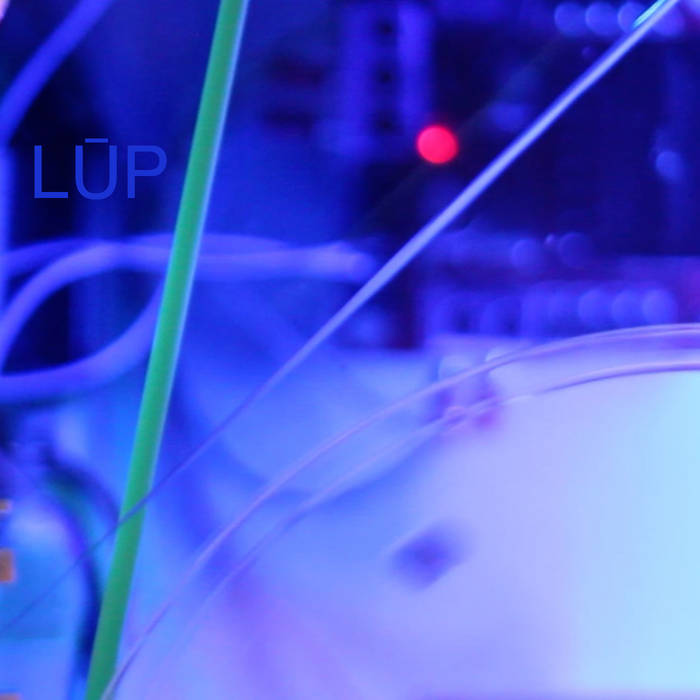When he was commissioned to build a custom tape-looper instrument, Lomond Campbell came up with LŪP, envisaged as an embodiment of the compositional ideas of William Basinski and Steve Reich. Then he used it to make an album. Alistair Fitchett gives it a listen.

Some people struggle with conceptual art, and that’s fair enough. Nothing is for everyone and there is something for anyone. Bruce Nauman pretending to be a fountain doesn’t stop us from appreciating a classical sculpture. Enjoying Bas Jan Ader falling over (or should that be enjoying the IDEA of Bas Jan Ader falling over) doesn’t negate the pleasure to be had from looking at still life paintings of flowers. If you don’t dig something there is no need to make a song and dance about it. Unless you want to make your song and dance into a conceptual piece in itself, in which case knock yourself out. You’ll probably find that someone has done it before though (song, dance AND knocking oneself out). Probably in the 1970s.
There is something appealingly 1970s about Lomond Campbell’s intriguing LŪP project. Both an album and an instrument, LŪP is also by default conceptual. Commissioned by King Creosote, the instrument itself is a marvellous little kinetic sculpture that does things with magnets, eccentric cams, logic gates and tape loops, all of them connecting into ideas of disintegration and removing the artist’s hand from the work. Campbell explicitly references Basinki’s Disintegration Loops as a key inspiration to the project, and as with, say Rauschenberg’s erased to de Kooning drawing, there is something paradoxically troubling and soothing in the concept of disintegration, for what is disintegration if not the gradual decay of memory? Proust knew the score, appreciating that some of our most pleasant memories so often drift off into the ether, dissipating like pollen in the breeze even as we attempt to reclaim them through a scent or a sound, whilst conversely our attempts to forget those moments we most regret feel like repeated, fruitless hacking at our own limbs.
LŪP doesn’t quite venture to those extremes, but it does meander pleasurably from ambient landscapes of soothing dawn skies dappled with dewy lawns to squawking industrial urban expanses peppered with deliciously melodic bird song. It’s like Delia Derbyshire making soundtracks for Joseph Cornell boxes; Boards of Canada dismantled and put together as an Arts and Crafts project; Autechre’s always out of sync ‘Flutter’ cut up and collaged into sketchbook pages dipped in acid; LFO played on a musical box with a tiny ballet dancer pirouetting back and forth into the void; Hannah Peel walking in ever-increasing circles with Richard Long, composing all the sounds they hear into electronic embraces.
In her excellent Wanderland book of 2020, Jini Reddy talks often and eloquently about feeling simultaneously drawn to, yet unavoidably resistant to notions of Magic in the landscape. It feels to me as though LŪP navigates a similar realm, treading the edgelands between music, art, and craft, between Magic and Science, at once embracing the energies of timeless spirits and surrendering to shady scepticism. The relationships are symbiotic; all things are connected. We treasure the avenues they lead us down and take pleasure in the ideas they conjure. Travelling the ellipses of our own disintegration, we loop the LŪP in delight: backwards and forwards between concept and reality.
*
‘LŪP’ is available to stream and buy here.